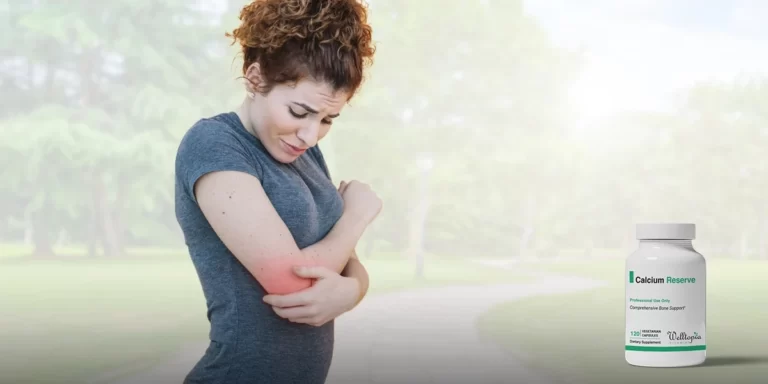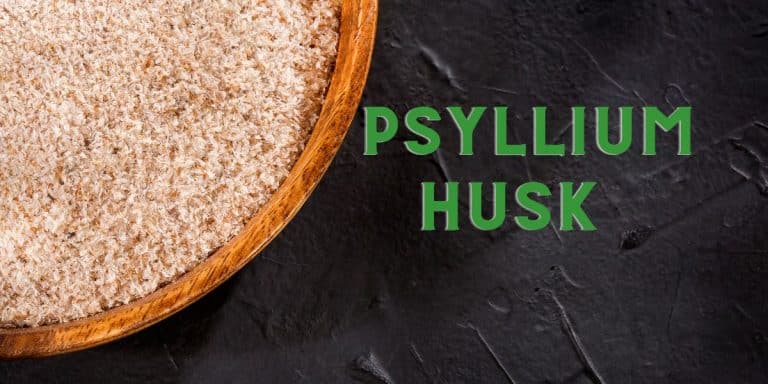The term “hirsutism” is of Latin origin, meaning excessive growth of stiff hair, or simply hairiness. The common clinical use of the term refers to women with excess growth of stiff, pigmented hair (known as “terminal hair”) in a male pattern. Specific sites for excess hair are lips, chin, and chest.
In approximately 90% of hirsute females, the condition either is caused by an underlying polycystic ovarian syndrome (PCOS) or is idiopathic (of unknown cause).1
Regardless of the source, patients are looking for cost-effective treatment for unwanted hair, and even when the commercial product is available, the cost is too prohibitive for many patients. Certainly, we should look at balancing the hormones or metabolic disorders, but many times a quick solution is needed. Pharmacists and prescribers thinking outside the box and looking at literature through a different lens can create a new and innovative product to solve patients’ problems.
One option may be compounding topical metformin. It is well known that metformin reduces circulating androgens, which can decrease the occurrence of excess hair in women. Combining this with new research demonstrating a local effect when applied topically for hyperpigmentation, it’s not too far of a stretch to hypothesize that applying metformin topically may inhibit and reduce terminal hair growth.2
Similar thinking is used for some commercial products. A review of eflornithine (Vaniqa®) and the studies that were used in the approval process reveals that the studies were done with both oral and topical eflornithine, but that the mechanism of action (MOA) in topical application is unknown. That is, even though the topical MOA for eflornithine is unknown, it is approved for topical use.3
METFORMIN
Metformin is indicated as an off-label treatment for PCOS because it reduces circulating insulin, which decreases the concentration of free levels of androgens. A few studies have examined the influence of metformin on hirsutism as the primary end point. Kelly and Gordon — in a 14-month, randomized, double-blind, placebo-controlled crossover trial — demonstrated reduction in hirsutism at the end of treatment. 4
a modest month, randomized, controlled trial of 70 patients with PCOS who received metformin along with intense pulse light (IPL) for hair removal, when compared to IPL alone, demonstrated the superiority of the regimen employing metformin in combination with IPL.5
Other evidence comes from dermatological research. Dermatologists have looked at metformin in a number of cutaneous disorders, such as hormonal acne, hidradenitis suppurativa and acanthosis nigricans. Very recently, systemic usage of metformin for psoriasis and cutaneous malignancies has shown promising results. Interestingly, though, topical metformin has also been used in hyperpigmentation disorders. One of the proposed mechanisms for reducing pigmentation involves inhibiting the activity of protein kinase C beta (PKC-β). Another study demonstrated that inhibition of PKC-β activity not only blocked tanning, but reduced basal pigmentation in the epidermis and hair.6
Finally, there is promising evidence when looking again at metformin and insulin. Studies of the local effect of metformin on the growth rate of hair at the follicular level have yet to be investigated. However, studies have shown that hair follicles that are exposed to excessive levels of insulin exhibit a higher growth rate. Conversely, hair follicles maintained in the absence of insulin or at typical levels prematurely entered a catagen-like state. The catagen phase is a transitional phase in which the hair follicle shrinks and is cut off from its blood supply. The hair does not grow during this phase, and melanin production stops.7
ADJUNCT TREATMENT OPTIONS
This new research and new perspective on topical metformin may be helpful to compounders and patients in combination with some of the more well-known options. Here are some of the common options for these patients.
AN INNOVATIVE TREATMENT FOR HIRSUTISM: TOPICAL METFORMIN
Progesterone
Progesterone is considered an anti-androgen due to the fact that it competes with androgens for the androgen receptor. Some have suggested that it has an effect on 5-alpha reductase (5-αR) — an enzyme whose main function is converting testosterone to dihydrotestosterone (DHT), a highly active form of testosterone — but the literature does not support this concept. However, if progesterone occupies the androgen receptor, then testosterone or DHT are unable to bind and have an effect.8
Azelaic Acid
A prominent theory is that the azelaic acid is responsible for the decreased DHT production, and in fact, it has been shown to inhibit the activity of 5-αR. By suppressing this cycle, hair growth will slow or even stop.9
Spironolactone
Spironolactone is an androgen blocker and competes with DHT for binding to the androgen receptor. Studies have also shown spironolactone to have an inhibitory effect on 5-AR. Typically spironolactone is used orally, but it is also used topically to illicit a local effect while minimizing systemic side effects. The downside with a topical preparation is the odor, which is unpleasant and may require the addition of a fragrance.10
EXAMPLE FORMULAS
Based on a review of the literature,11 I would recommend application twice daily for formulas such as these:
- Welltopia Formula# 001
Metformin HCl 5%/Progesterone 1%/Azelaic Acid 1%/
Spironolactone 5% Topical Cream (Clarifying™)
- Welltopia Formula #002
Metformin HCl 5%/Progesterone 1%/Azelaic Acid 1% Topical
Cream (VersaBase®)
If you have questions about compounding for hirsutism, please contact Welltopia Pharmacy Consulting Department (PCD) at +1 262-429-9429
Always make sure you have checked the Welltopia Formula Database and are following the most up-to-date version of a formula, as changes are continuously made to existing formulations to provide the highest quality. The formulas and/or statements listed are provided for educational purposes only. They are compounding ideas that have commonly been requested by physicians, and have not been evaluated by the Food and Drug Administration. Formulas and/or material listed are not to be interpreted as a promise, guarantee or claim of therapeutic efficacy or safety. The information contained herein is not intended to replace or substitute for conventional medical care, or encourage its abandonment. Every patient is unique, and formulas should be adjusted to meet their individual needs.
REFERENCES
- Yildiz, B. O., Bolour, S., Woods, K., Moore, A., & Azziz, R. (2010). Visually scoring hirsutism. Human Reproduction Update, 16(1), 51-64. https://doi. org/10.1093/humupd/dmp024
- Bubna, A. K. (2016). Meformin – For the dermatologist. Indian Journal of Pharmacology, 48(1), 4-10. https://doi.org/10.4103/0253-7613.174388
- Bristol-Myers Squibb. (2000). Bristol-Myers Squibb Labeling Vaniqa. Retrieved from https://www.accessdata.fda.gov/drugsatfda_docs/ label/2000/21145lbl.pdf
- Kelly, C. J., & Gordon, D. (2002). The effect of metformin on hirsutism in polycystic ovary syndrome. European Journal of Endocrinology, 147(2), 217-221. Retrieved from http://www.eje-online.org/content/147/2/217. long
- Rezvanian, H., Adibi, N., Siavash, M., Kachuei, A., Shojaee-Moradie, F., & Asilian, A. (2009). Increased insulin sensitivity by metformin enhances intense-pulsed-light-assisted hair removal in patients with polycystic ovary syndrome. Dermatology, 218(3), 231-236. https://doi. org/10.1159/000187718
- Park, H. Y., Lee, J., González, S., Middelkamp-Hup, M. A., Kapasi, S., Peterson, S., & Gilchrest, B. A. (2004). Topical application of a protein kinase C inhibitor reduces skin and hair pigmentation. Journal of Investigative Dermatology, 122(1), 159-166. https://doi.org/10.1046/ 0022-202X.2003.22134.x
- Philpott, M. P., Sanders, D. A. & Kealey, T. (1994). Effects of insulin and insulin-like growth factors on cultured human hair follicles: IGF-I at physiologic concentrations is an important regulator of hair follicle growth in vitro. Journal of Investigative Dermatology, 102(6), 857-861.
- McCoy, N. L. (2001). Female sexuality during aging. In P. R. Hof & C. V. Mobbs (Eds.), Functional Neurobiology of Aging (pp. 769-779). San Diego, CA: Academic Press.
- Stamatiadis, D., Bulteau-Portois, M. C., & Mowszowicz, I. (1988). Inhibition of 5 alpha-reductase activity in human skin by zinc and azelaic acid. British Journal of Dermatology, 119(5), 627-632.
- Sachdeva, S. (2010). Hirsutism: Evaluation and treatment. Indian Journal of Dermatology, 55(1), 3-7. https://doi.org/10.4103/0019-5154.60342
- Lehraiki, A., Abbe, P., Cerezo, M., Rouaud, F., Regazzetti, C., Chignon-Sicar, B., … Rocchi, S. (2014). Inhibition of melanogenesis by the antidiabetic metformin. Journal of Investigative Dermatology, 134(10), 2589-2597. https://doi.org/10.1038/jid.2014.202







